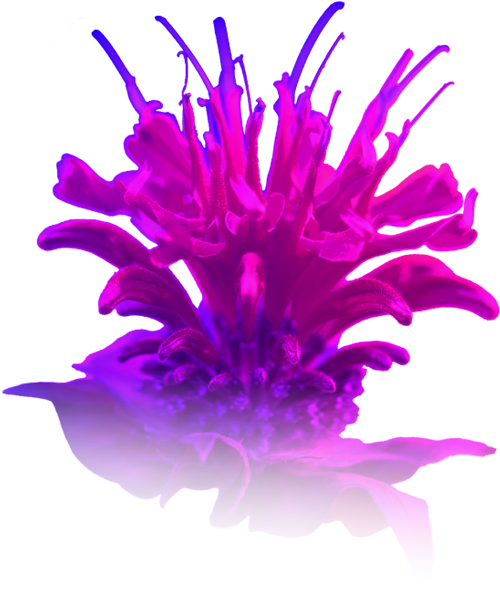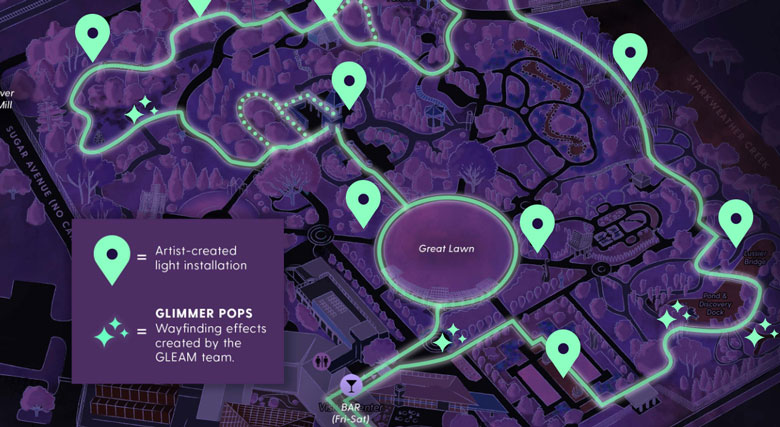Tetra
Ottomata
Montreal, Canada
Pro Tip
Touch the screen, feel it move, and watch the visuals reaction to your movements! Hop in when a space opens up on a screen, enjoy and then make room for others to interact with Tetra.






Inside the Installation
Materials: Spandex screens, projections, interactive tracking, TouchDesigner, Ableton
- Working with a flexible screen is always a challenge, especially when you want to calibrate :)
- TETRA began as a university project and has evolved over several years into a fully immersive and interactive installation.
- Audiences continually surprise us—each installation reveals new and unexpected ways people choose to engage with the piece, often uncovering unanticipated behaviors and interactions.
- The installation is inspired by a futuristic notion: what if we could grant people cosmic powers?
- Behind the scenes, the piece is powered by real-time software tools like TouchDesigner and Ableton, orchestrating a complex dance of light, motion, and sound that responds directly to human interaction.
Artist Bio
Ottomata
Ottomata is an experiential design studio specialized in the conception of interactive installations and immersive journeys without the need for wearable tech. Nowadays, the word “immersion” is often associated with the world of virtual reality. Ottomata strives to get away from this device.
They work in the public space and try to combine multiple technologies to create collaborative and collective experiences for their audiences. By combining architectural mapping, laser projectors, holographic systems, and motion tracking technologies, they can create interactive installations in which the human is at the center. All these collective experiences help push their vision even further and ultimately bring people back to the present moment.


